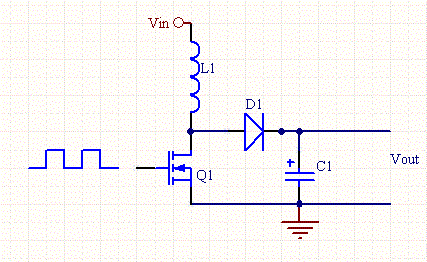Hello EEVblog! This will be my first post here

I'm definitely not an electrical engineer, but just a software engineer that really likes electronics. So I've been doing this as a hobby for about 1-2 years now...
So I'm working on a DC boost converter built from scrap from old electronic boards etc. My goal is to boost a 5V USB source to a 12V source so it can drive a 12V fan at around 250mA... (unregulated)
The design I used is just the most basic design you see everywhere on the internet:

I'm driving my inductor using a 32Khz PWM signal from an Arduino, and it's working pretty good so far! There are still a few questions though regarding optimization and efficiency.
Question #1: I'm using an IRF530N mosfet to drive the inductor, but it gets really got even after 30 seconds, this is probably due to the 60% duty cycle I'm using (this yielded the highest output voltage when connected to the fan) How can I reduce this heat? Is excessive heat normal?
Question #2: The inductor has around 20 turns of thick wire around a toroid, could I increase the output voltage if I increase the amount of turns?
Please excuse me for my lack of experience. I just got into the field of inductance and it really interests me!

I hope the wise gods of EEVBlog can help me with my questions. Many thanks in advance,
Nick